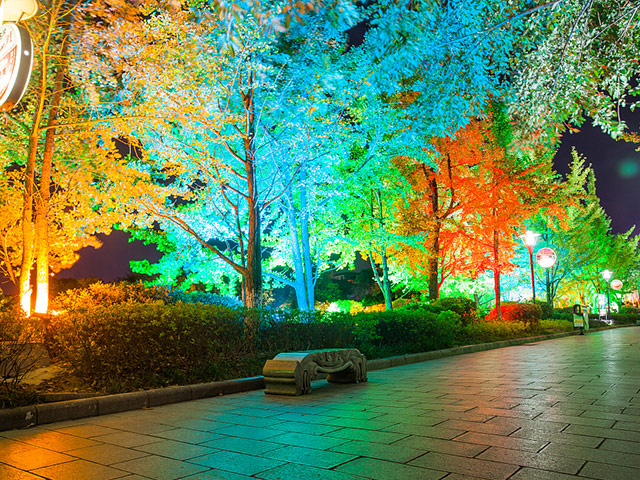LED Lighting knowledge

A Light Emitting Diode (LED) is a semiconductor device which converts electricity into light. LED lighting has been around since the 1960s, but is just now beginning to appear in the residential market for space lighting. At first white LEDs were only possible by “rainbow” groups of three LEDs — red, green, and blue — by controlling the current to each to yield an overall white light. Standard array 18 LED lighting diodesThis changed in 1993 when Nichia created a blue indium gallium chip with a phosphor coating that is used to create the wave shift necessary to emit white light from a single diode. This process is much less expensive for the amount of light generated. Led Lighting.
Each diode is about 1/4 inch in diameter and uses about ten milliamps to operate at about a tenth of a watt. LEDs are small in size, but can be grouped together for higher intensity applications. LED fixtures require a driver which is analogous to the ballast in fluorescent fixtures. The drivers are typically built into the fixture (like fluorescent ballasts) or they are a plug transformer for portable (plug-in) fixtures. The plug-in transformers allow the fixture to run on standard 120 volt alternating current (AC), with a modest (about 15 to 20 percent) power loss. Led Lighting
The efficacy of a typical residential application LED is approximately 20 lumens per watt (LPW), though efficacies of up to 100 LPW have been created in laboratory settings. Incandescent bulbs have an efficacy of about 15 LPW and ENERGY STAR® qualified compact fluorescents are about 60 LPW, depending on the wattage and lamp type. Some manufacturers claim efficacies much higher than 20 LPW; make sure to examine system efficacy, which accounts for the power use of all components. In December 2006, the U.S. Department of Energy studied the efficacy of four luminaries. All four fell short of the manufacturers’ claims; the study implies that manufacturers are relying on measurements of how much light an isolated LED produces, rather than how much light an LED luminaire actually delivers. Led Lighting
LEDs are better at placing light in a single direction than incandescent or fluorescent bulbs. Because of their directional output, they have unique design features that can be exploited by clever designs. LED strip lights can be installed under counters, in hallways, and in staircases; concentrated arrays can be used for room lighting. Waterproof, outdoor fixtures are also available. Some manufacturers consider applications such as gardens, walkways, and decorative fixtures outside garage doors to be the most cost-efficient. Led Lighting
Led Lighting are more rugged and damage-resistant than compact fluorescents and incandescent bulbs. LED lights don’t flicker. They are very heat sensitive; excessive heat or inappropriate applications dramatically reduce both light output and lifetime. Uses include:
- Task and reading lamps
- Linear strip lighting (under kitchen cabinets)
- Recessed lighting/ceiling cans
- Porch/outdoor/landscaping lighting
- Art lighting
- Night lights
- Stair and walkway lighting
- Pendants and overhead
- Retrofit bulbs for lamps Definitions and Terms
| Term | Definition | Units | How to interpret |
| Color Temperature | Color of light | Kelvin (K) | Sunlight at sunrise is 1800K 100W Incandescent light bulb is 2850K Overcast Sky is 6500K |
| Color Rendering Index (CRI) | Light’s effect on color | Scale of 0 to 100 with sunlight at 100 | The higher the number, the more “true” the color will look in that light |
| Brightness | The intensity of the light. | Lumens | The higher the lumens, the brighter the light |
| Power | Amount of electrical energy consumed | Watts | Lower the watts, the lower the energy consumed |
| Efficacy | The efficiency of the bulb to convert electricity into light | Lumens per Watt | More efficient bulbs provide more light using less energy |
